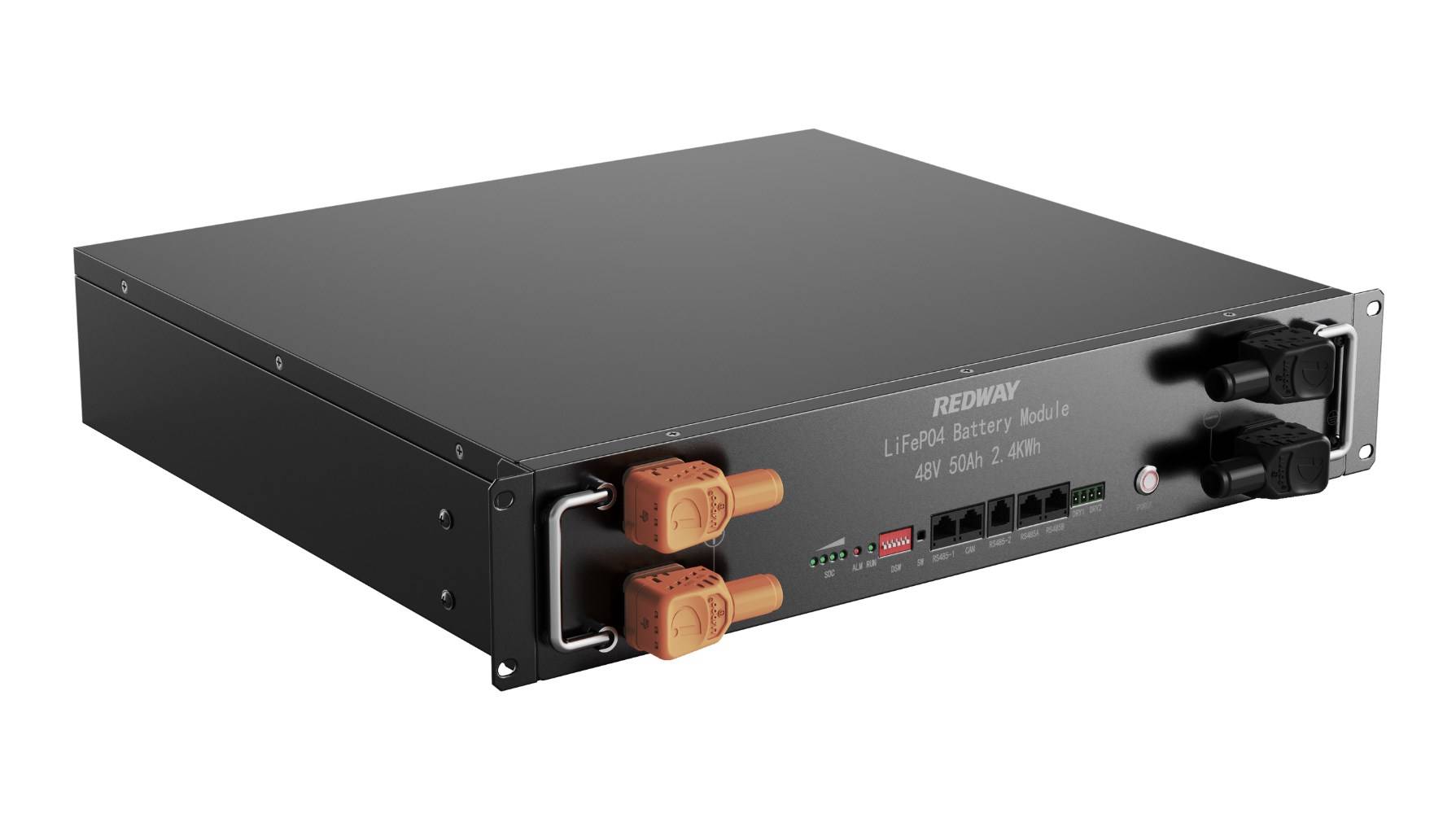Lithium battery modules are essential components in modern energy storage systems, providing efficient and reliable power solutions for various applications. These modules consist of multiple lithium-ion cells configured to deliver specific voltage and capacity. Understanding their structure, assembly, and benefits can help consumers and businesses make informed decisions about their energy needs. This guide will explore what lithium battery modules are, their components, assembly processes, and their advantages over traditional batteries.
What are lithium battery modules and why are they important?
Lithium battery modules are assemblies of multiple lithium-ion cells designed to function as a single unit for energy storage. They play a crucial role in various applications, including electric vehicles, renewable energy systems, and portable electronics. The importance of these modules lies in their ability to provide:
- High Energy Density: Lithium batteries can store more energy per unit weight than traditional batteries.
- Long Cycle Life: They typically offer longer lifespans, making them cost-effective over time.
- Scalability: Modules can be easily scaled to meet different power requirements by connecting multiple units.
Chart: Importance of Lithium Battery Modules
| Feature | Description |
|---|---|
| Energy Density | Higher than traditional batteries |
| Cycle Life | Longer lifespan reduces replacement frequency |
| Scalability | Easily expandable for various applications |
What components are included in a lithium battery module?
A typical lithium battery module consists of several key components:
- Lithium-Ion Cells: The core energy storage units that provide the necessary voltage and capacity.
- Battery Management System (BMS): Monitors the health and performance of the cells, ensuring safe operation by preventing overcharging and overheating.
- Cooling System: Maintains optimal temperature during operation to enhance performance and longevity.
- Electrical Connections: Wires and connectors that link the cells together and to external circuits.
- Enclosure: Protects the internal components from physical damage and environmental factors.
These components work together to ensure that the module operates efficiently and safely.Chart: Components of a Lithium Battery Module
| Component | Function |
|---|---|
| Lithium-Ion Cells | Store electrical energy |
| Battery Management System (BMS) | Monitor cell conditions and safety |
| Cooling System | Dissipate heat generated during operation |
| Electrical Connections | Ensure reliable connections between cells |
| Enclosure | Protect internal components from damage |
How do you assemble a lithium battery module?
Assembling a lithium battery module involves several steps:
- Gather Materials: Collect all necessary components, including cells, BMS, connectors, cooling elements, and an enclosure.
- Test Cells: Check each cell’s voltage and capacity to ensure they meet specifications.
- Arrange Cells: Organize the cells based on the desired configuration (series or parallel).
- Connect Cells: Use soldering or welding techniques to securely connect the cells.
- Install BMS: Attach the BMS to monitor the performance of the cells.
- Add Cooling System: Implement cooling solutions like fans or heat sinks.
- Enclose the Module: Place everything into a protective casing.
- Test the Module: Perform tests to verify functionality and safety.
Following these steps ensures that the assembled module operates effectively.
What advantages do lithium battery modules offer over traditional batteries?
Lithium battery modules provide several advantages compared to traditional lead-acid or nickel-cadmium batteries:
- Higher Efficiency: Lithium batteries have lower self-discharge rates, meaning they retain charge longer when not in use.
- Weight Savings: They are lighter than traditional batteries, making them ideal for portable applications.
- Fast Charging Capability: Lithium batteries can be charged more quickly without damaging them.
- Environmental Benefits: They often contain fewer toxic materials compared to other types of batteries.
These benefits make lithium battery modules an attractive choice for various applications.
Why are lithium battery modules becoming popular for energy storage?
The popularity of lithium battery modules in energy storage is driven by several factors:
- Renewable Energy Integration: As more homes and businesses adopt solar power, efficient storage solutions like lithium modules are essential for managing excess energy.
- Electric Vehicle Demand: The rise in electric vehicles has increased interest in high-performance batteries that can deliver reliable power.
- Technological Advancements: Innovations in battery technology have improved safety, efficiency, and cost-effectiveness.
These trends indicate that lithium battery modules will continue to play a significant role in future energy solutions.
Buy Wholesale Battery Tips
For those interested in bulk purchases, Redway Battery is an excellent choice for battery wholesale buyers or OEM orders overseas. To make OEM orders from a reliable manufacturer like Redway Battery:
- Identify your specific battery requirements.
- Contact Redway’s sales team with details about your order.
- Discuss customization options tailored to your needs.
Redway Battery has over 13 years of experience in manufacturing lithium batteries, which are a superior alternative to lead-acid batteries due to their efficiency and longevity.
Industrial News
The demand for efficient energy storage solutions continues to rise as industries shift toward renewable energy sources like solar and wind power. Recent advancements in lithium battery technology emphasize improving performance metrics such as cycle life, charging speed, and environmental sustainability.
Redway Expert Views
“Lithium battery modules represent the future of energy storage,” states an expert at Redway Battery. “Their efficiency and scalability make them ideal for both residential and commercial applications as we transition toward more sustainable energy solutions.”
FAQ Section
- What is a lithium battery module?
A lithium battery module is an assembly of multiple lithium-ion cells designed to function as a single unit for energy storage. - What components make up a lithium battery module?
Key components include lithium-ion cells, a Battery Management System (BMS), cooling systems, electrical connections, and an enclosure. - How do I assemble a lithium battery module?
Assembling involves gathering materials, testing cells, arranging them in configuration, connecting them securely, installing the BMS, adding cooling systems, enclosing everything safely, and testing functionality.



